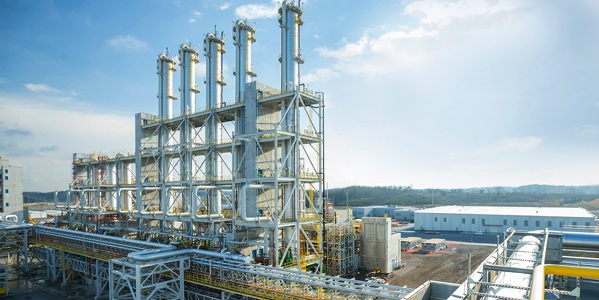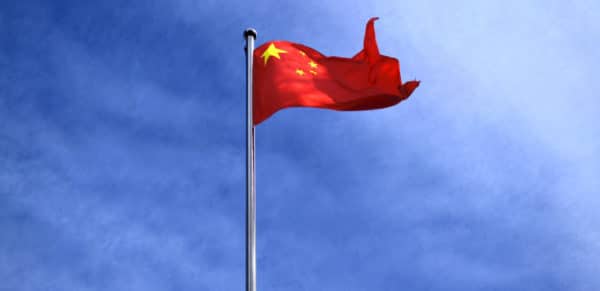Prices within China for polysilicon–and by extension for wafers and modules–are likely to remain high into 2022 as a series of factors buffet the sector.
Electric power restrictions that are in place across China due to shortages of both coal and hydro power resources are largely to blame.
“It’s been a very crazy year,” said Sakura Yamasaki, director of the Singapore Solar Exchange during a webinar hosted by Roth Capital Partners. She said that even a three-month price forecast is difficult to give, but suggested that polysilicon prices could stabilize in the second quarter of 2022 as springtime temperatures ease power demand across China. She said that a price pegged at $41/kg excluding value added taxes (VATs) is possible through the end of the year, but could go higher.

Image: Wacker
“The ride up is not over,” she said.
In response to the price uncertainty, some module vendors have begun to shift away from fixed prices and toward an indexed price model. Yamasaki said that a consensus is emerging that a price increase of 10 RMB/kg would equal a $0.005/Watt increase in price.
Turning to freight costs, Yamasaki said that the market has “calmed down a bit” even as congestion remains at U.S. ports along the West Coast. She said that the outlook for 2022 remains “chaotic” with containers likely to remain in short supply.
“There will be no relief in 2022,” she said, with the outlook “as crazy as this year.”
Power constraints
Recent indications suggest that widespread constraints on electric power use could ease in some parts of China and for solar producers in particular. Solar energy analyst Frank Haugwitz with AECEA said that solar manufacturing could be exempted due to its strategic nature, both as an export commodity as well as for internal Chinese use to meet the nation’s emission reduction targets.

Pixabay
He said that as long as provinces are on track to meet their emission targets, they may be allowed to exempt certain industries. He did not rule out the possibility of future electricity restrictions, especially since Beijing has not forwarded long-term structural changes to the power sector. “You basically turn off and turn on” industries to meet power consumption and emission goals. Without structural reform, each time the power is turned back on “you go back to square one.”
Alex Barrows, research director at Exawatt, said his firm expects some pressure on polysilicon prices to ease as capacity expansions come online in China. He forecasts 2021 capacity at around 184 GW. That capacity would grow to 235-240 GW in 2022 on expected demand of 211 GW. By 2024, capacity within China could reach 500 GW.
He also said he expected recent consolidation in wafer production to reverse as a handful of companies enter the market. He expected market concentration among the 10 largest producers to fall from 93% this year to around 88% in 2023.
This content is protected by copyright and may not be reused. If you want to cooperate with us and would like to reuse some of our content, please contact: editors@pv-magazine.com.








By submitting this form you agree to pv magazine using your data for the purposes of publishing your comment.
Your personal data will only be disclosed or otherwise transmitted to third parties for the purposes of spam filtering or if this is necessary for technical maintenance of the website. Any other transfer to third parties will not take place unless this is justified on the basis of applicable data protection regulations or if pv magazine is legally obliged to do so.
You may revoke this consent at any time with effect for the future, in which case your personal data will be deleted immediately. Otherwise, your data will be deleted if pv magazine has processed your request or the purpose of data storage is fulfilled.
Further information on data privacy can be found in our Data Protection Policy.